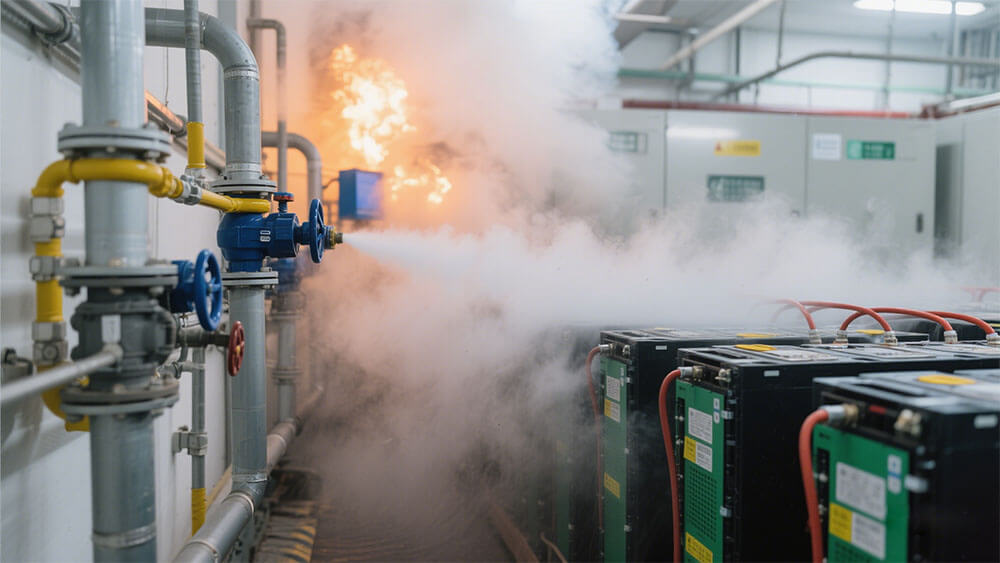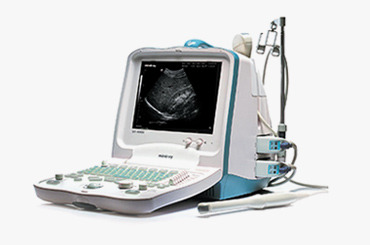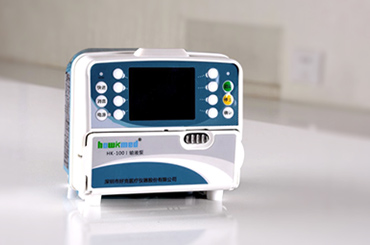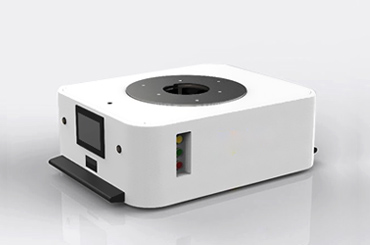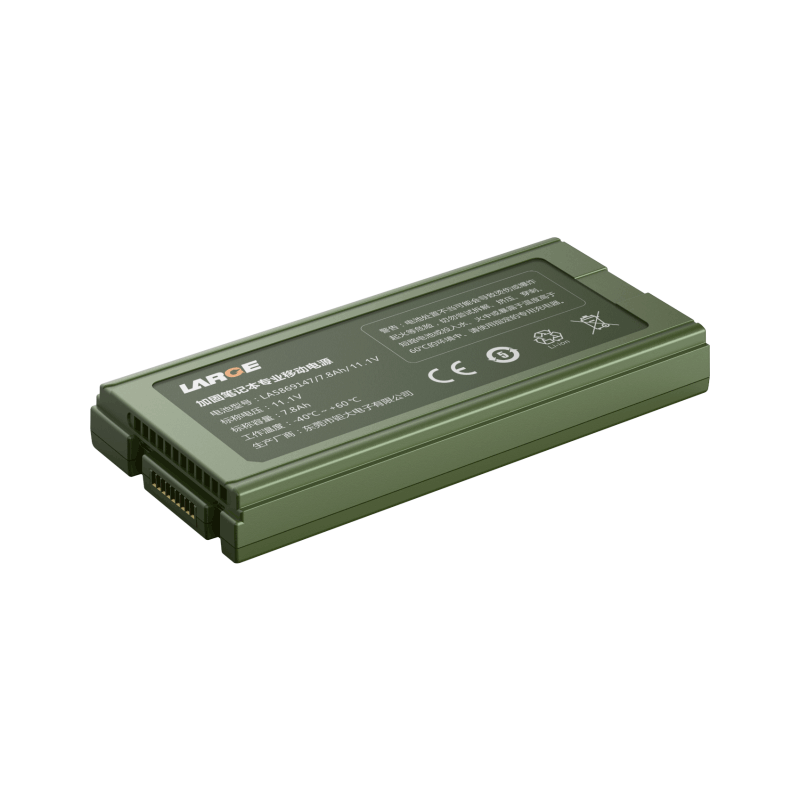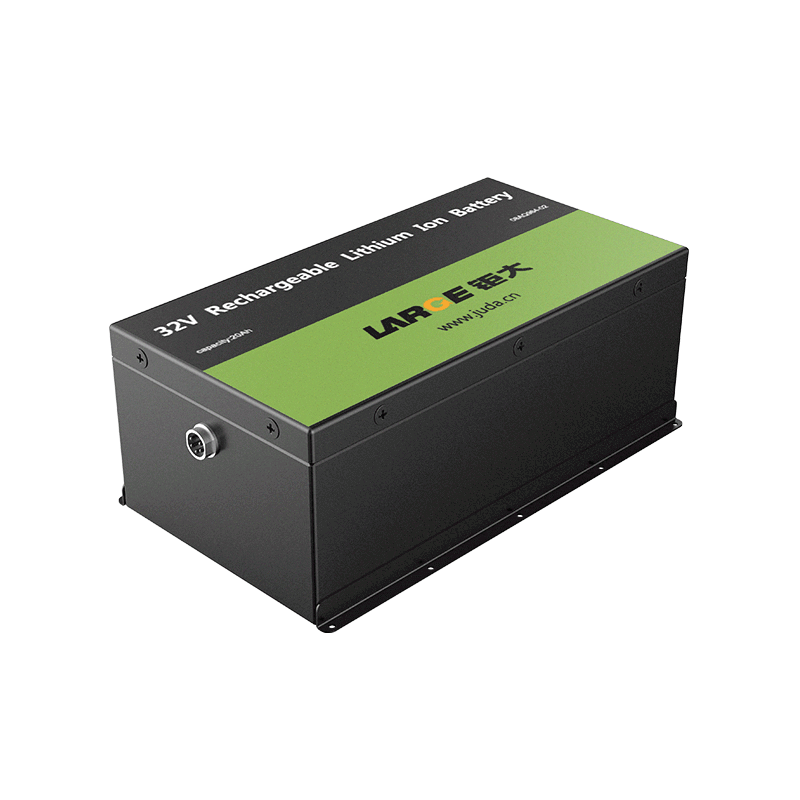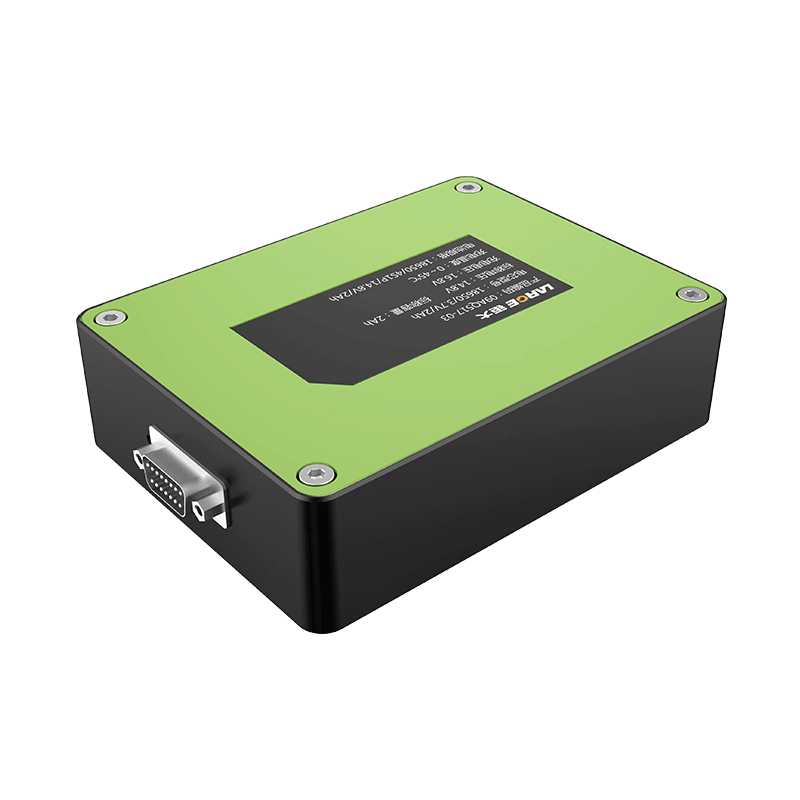-
Key Takeaways
-
Part 1: What is Thermal Runaway in a Lithium-ion Battery?+
- 1.1 Definition and significance of thermal runaway
- 1.2 Why thermal runaway is a critical safety concern
- 1.3 Examples of thermal runaway incidents in lithium-ion batteries
-
Part 2: Causes and Conditions Leading to Thermal Runaway+
- 2.1 Common causes of thermal runaway in lithium-ion batteries
- 2.2 Key conditions and temperatures that trigger thermal runaway
- 2.3 Internal and external factors contributing to thermal runaway
-
Part 3: How to Prevent Thermal Runaway in Lithium-ion Batteries+
- 3.1 Improved battery design and materials to prevent thermal runaway
- 3.2 Proper charging, discharging, and storage practices
- 3.3 Role of Battery Management Systems (BMS) in preventing thermal runaway
- 3.4 Thermal management and fire suppression solutions
-
Part 4: Handling Thermal Runaway Fires Safely+
- 4.1 Recognizing early signs of thermal runaway
- 4.2 Emergency steps to take during a thermal runaway event
- 4.3 Effective fire suppression methods for lithium-ion battery fires
-
FAQ+
- 1. How can you tell if a lithium-ion battery is overheating?
- 2. Can you stop thermal runaway once it starts?
- 3. Are lithium-ion batteries safe for everyday use?
Understanding Thermal Runaway in Lithium-ion Batteries and How to Stop It
APR 11, 2025 Pageview:56
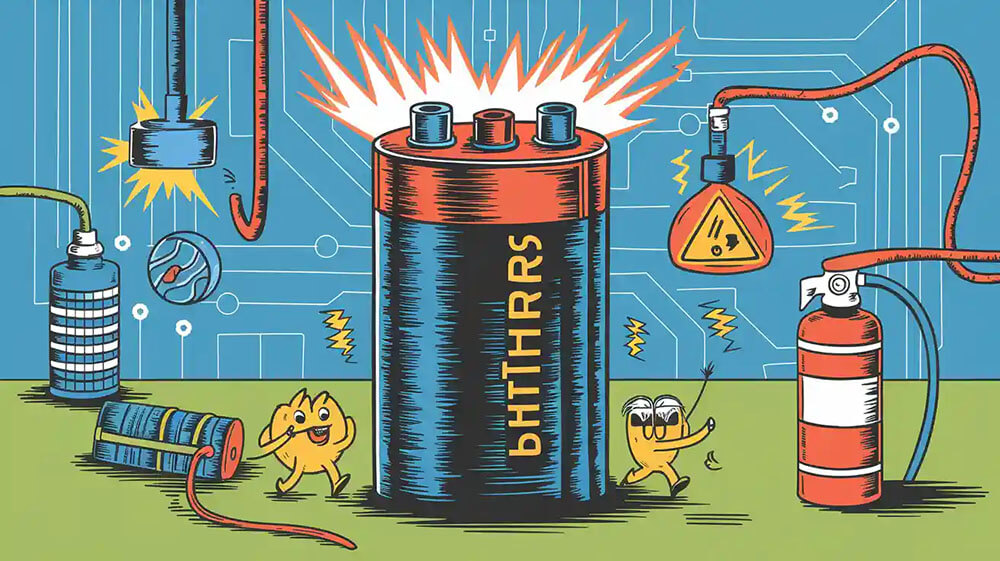
Thermal runaway in a lithium-ion battery occurs when excessive heat triggers a self-sustaining reaction, leading to rapid temperature increases and potential explosions. This phenomenon poses a significant fire hazard, especially in urban areas where devices like e-bikes are prevalent. With over 25,000 incidents reported in five years, understanding prevention is crucial for safety.
Key Takeaways
Thermal runaway in lithium-ion batteries can cause fires or blasts. Knowing its steps helps spot and stop it early.
Charging batteries the right way is very important. Use the right charger, don’t overcharge, and keep them at safe temperatures to stay safe.
Using smart battery systems makes batteries safer. These systems check heat and stop problems that might cause thermal runaway.
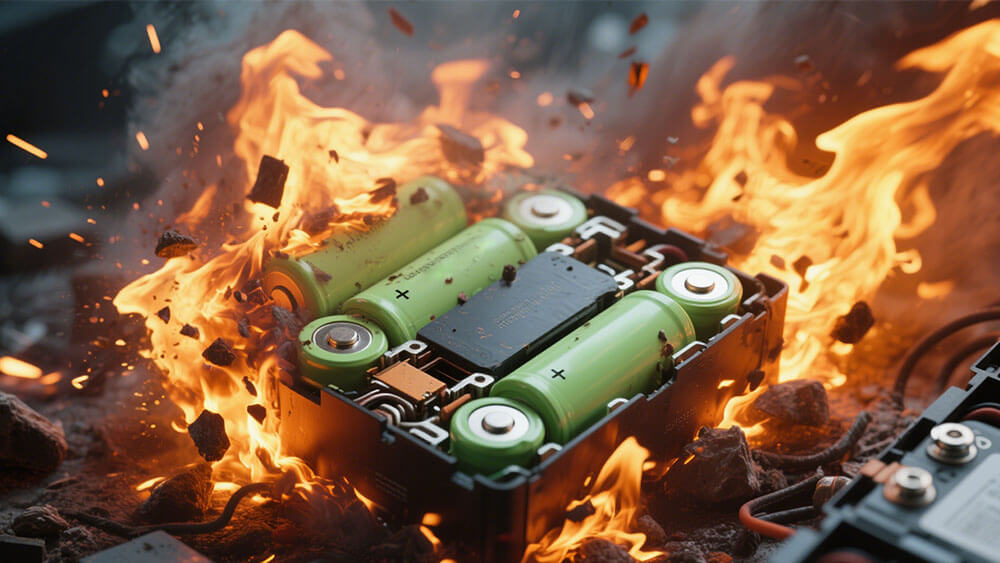
Part 1: What is Thermal Runaway in a Lithium-ion Battery?
1.1 Definition and significance of thermal runaway
Thermal runaway in a lithium-ion battery refers to a self-sustaining reaction where excessive heat triggers a chain of exothermic reactions. This process causes rapid temperature increases, leading to potential fires or explosions. The phenomenon is classified into four stages based on initiating temperatures and reactions:
Stage | Initiating temperature | Description |
|---|---|---|
1 | ~80°C | Breakdown of the Solid Electrolyte Interphase (SEI) exposes the electrode to the electrolyte. |
2 | ~100°C | Electrolyte decomposition releases flammable gases, further increasing temperature. |
3 | ~130°C | Separator melting allows electrodes to contact, causing short circuits. |
4 | ~150°C | Cathode decomposition releases oxygen and flammable gases, risking explosion. |
Understanding these stages highlights the importance of early detection and prevention to avoid catastrophic outcomes.
1.2 Why thermal runaway is a critical safety concern
Thermal runaway poses significant safety risks due to its uncontrollable nature. When it occurs, the lithium-ion battery generates hazardous gases that can lead to explosions. Devices like electric vehicles and lawn mowers have been shown to produce enough gas during thermal runaway to damage structures and endanger lives.
The issue is further compounded by its increasing prevalence. Reports indicate a 28% rise in thermal runaway incidents between 2019 and 2023, with an average of two incidents recorded weekly in the TRIP database. Despite this, the likelihood of experiencing thermal runaway during flights remains low, underscoring the importance of proper safety measures.
1.3 Examples of thermal runaway incidents in lithium-ion batteries
Real-world incidents illustrate the dangers of thermal runaway in a lithium-ion battery. For instance:
In 2016, a major smartphone manufacturer recalled millions of devices after several caught fire due to thermal runaway.
Electric vehicles have also faced scrutiny after battery fires caused by thermal runaway led to property damage and injuries.
In urban areas, e-bike battery fires have become a growing concern, with over 25,000 incidents reported in five years.
These examples emphasize the need for robust safety protocols and improved battery designs to mitigate risks.
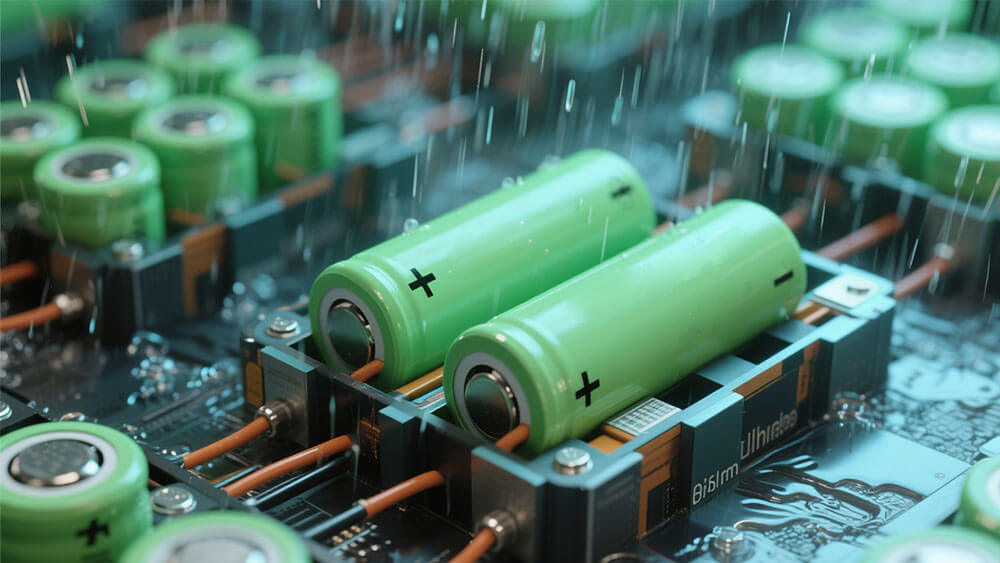
Part 2: Causes and Conditions Leading to Thermal Runaway
2.1 Common causes of thermal runaway in lithium-ion batteries
Thermal runaway in a lithium-ion battery often begins with specific triggers that compromise its stability. Overcharging is one of the most common causes. When you charge a battery beyond its safe voltage limit, it generates excessive heat, which can lead to dangerous chemical reactions. Similarly, rapid charging with high currents can create internal stress, increasing the risk of thermal runaway.
Other factors include physical damage, such as punctures or crushing, which can cause internal short circuits. Manufacturing defects, like separator flaws, also play a significant role. Environmental conditions, such as exposure to extreme temperatures or high humidity, further exacerbate the problem.
A 20% increase in a lithium-ion battery’s temperature causes unwanted chemical reactions to occur much faster, releasing excessive heat. This excess heat increases the battery temperature, which in turn speeds up the reactions, creating a process called thermal runaway. (Source: Clemson News 2023)
2.2 Key conditions and temperatures that trigger thermal runaway
Thermal runaway occurs when a battery enters an uncontrollable self-heating state. This happens when the heat generated exceeds the battery's ability to dissipate it. The process can escalate rapidly, which was experimented by UL Research Institutes, with temperatures rising at rates exceeding 20°C per minute and reaching over 300°C.
Key conditions that trigger thermal runaway include:
Internal short circuits caused by dendrite formation or separator failure.
External factors like overcharging or exposure to high temperatures.
Charging too quickly, which can lead to dendrite growth and short circuits.
Charging too quickly can cause the formation of dendrites on the anode.
Dendrites can penetrate the separator, leading to internal short circuits.
Short circuits cause rapid heating of the battery, potentially exceeding 212°F (100°C).
Increased temperature accelerates chemical reactions, generating more heat and leading to thermal runaway.
2.3 Internal and external factors contributing to thermal runaway
Both internal and external factors contribute to thermal runaway. Internally, defects like separator failures or dendrite formation can lead to short circuits. Externally, overcharging, physical damage, and exposure to extreme heat are significant contributors.
Type of Abuse | Description |
|---|---|
Mechanical Abuse | Physical damage to the battery, such as dropping or puncturing. |
Electrical Abuse | Issues like internal short circuits or overcharging due to poor design. |
Thermal Abuse | High temperatures leading to excessive heat generation within the battery. |
Understanding these factors is essential to prevent thermal runaway. Improved battery design, proper usage, and effective thermal management solutions can significantly reduce risks. By addressing these issues, you can choose Large Power get the solution to help to enhance safety and ensure the longevity of your batteries.
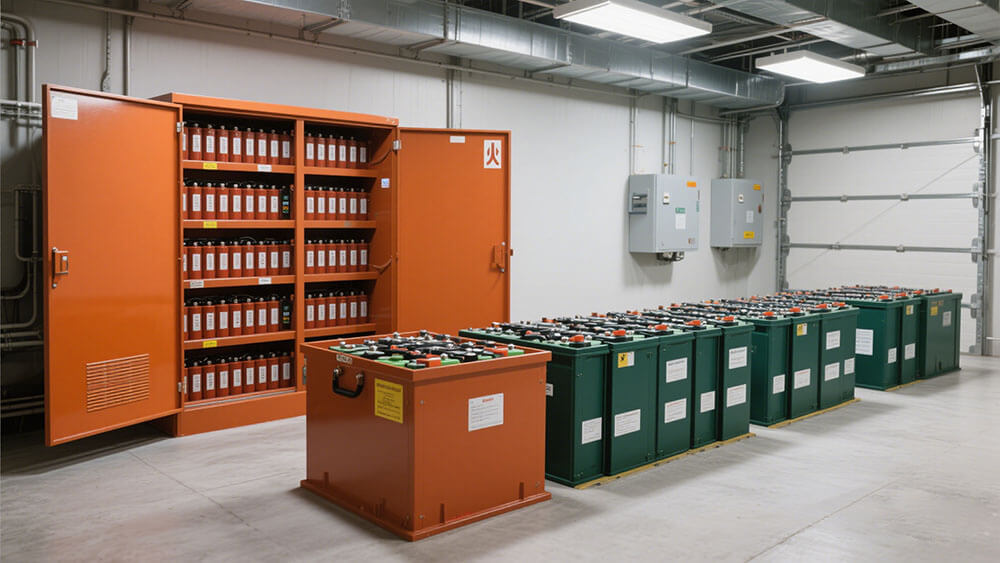
Part 3: How to Prevent Thermal Runaway in Lithium-ion Batteries
3.1 Improved battery design and materials to prevent thermal runaway
Advancements in battery design and materials play a crucial role in preventing thermal runaway. Modern innovations focus on enhancing thermal management and minimizing risks during extreme conditions. For instance:
Battery modules with bottom injection holes improve cooling efficiency by allowing precise adhesive application, reducing cell damage.
Battery compartments with safety systems automatically open covers at critical temperatures, enabling rapid cooling.
Heat-conducting battery cases prevent condensate from dripping onto electrical connections, reducing short circuit risks.
Additionally, integrating flame retardants into thermal fluids can inhibit fire hazards during punctures or improper charging. Damage-initiating devices, which trigger shutdowns before thermal runaway occurs, further enhance safety. These innovations ensure that batteries remain stable even under stress.
3.2 Proper charging, discharging, and storage practices
Adopting proper charging, discharging, and storage practices significantly reduces the likelihood of thermal runaway. Follow these best practices:
Use chargers that match battery specifications to prevent overcharging.
Charge at a rate of 0.5C to 1C to avoid stressing the battery.
Maintain charging temperatures between 0°C and 45°C.
Store batteries in cool, dry environments to prevent thermal stress.
Avoid frequent full charges; aim for 20% to 80% charge levels.
During discharge, adhere to manufacturer specifications and limit the depth of discharge to 80%. Gradual load increases and operating within safe temperature ranges (-20°C to 60°C) also help maintain battery health.
3.3 Role of Battery Management Systems (BMS) in preventing thermal runaway
A Battery Management System (BMS) is essential for monitoring and controlling battery performance. It ensures uniform charging and discharging across cells, preventing imbalances that could lead to thermal runaway. Advanced BMS features include:
Real-time temperature monitoring to detect overheating.
Stress condition analysis to predict and mitigate risks.
Hot spot detection to identify uneven internal resistance.
By leveraging these capabilities, a BMS enhances safety and prolongs battery life.
3.4 Thermal management and fire suppression solutions
Effective thermal management systems are critical for preventing thermal runaway. Innovations like phase change material (PCM)-based systems utilize latent heat properties to regulate battery temperatures. Dual PCM layers create thermal gradients, optimizing heat absorption and minimizing imbalances.
Fire suppression systems also play a vital role. Integrated fire suppressant sprays activate during thermal events, absorbing heat and extinguishing runaway cells. Anti-Propagation Thermal Management System is another example, containing energy during thermal runaway to prevent it from spreading to adjacent cells. These solutions ensure safety in environments where lithium-ion batteries are used.
Part 4: Handling Thermal Runaway Fires Safely
4.1 Recognizing early signs of thermal runaway
Identifying the early signs of thermal runaway is critical for ensuring safety and preventing catastrophic outcomes. You should monitor for key indicators, including:
Surface temperature increases.
Rapid temperature rise rates.
Sudden voltage drops.
Visible venting or mass loss.
Gas release, such as hydrogen or carbon dioxide.
The presence of fire or smoke.
Gas sensors can play a vital role in early detection. These sensors identify hazardous gases released during thermal runaway, enabling timely intervention. By staying vigilant and using advanced monitoring systems, you can mitigate risks effectively.
4.2 Emergency steps to take during a thermal runaway event
When thermal runaway occurs, immediate action is essential to minimize damage. Follow these emergency protocols was suggested by NABB:
Use Halon fire extinguishers to suppress flames but note they won't stop thermal runaway.
Submerge affected batteries in liquid to cool them effectively.
Recognize that temperatures can reach 1,300°F, requiring cooling before containment.
Establish a safety zone around the incident to protect responders and bystanders. Conduct thorough post-fire assessments to address reignition risks. Regular training for personnel ensures preparedness for such emergencies.
4.3 Effective fire suppression methods for lithium-ion battery fires
Using the right fire suppression methods is crucial for managing lithium-ion battery fires. Research highlights the effectiveness of various techniques:
Fire Suppression Method | Description |
|---|---|
Novec 1230 | A specialized agent designed for lithium-ion battery fires. |
FM-200 | Another effective agent for suppressing lithium-ion battery fires. |
Potassium Bicarbonate | A dry chemical that effectively suppresses flames. |
Water Mist Systems | Produces fine droplets to cool batteries without causing thermal shock. |
Aqueous Suspension of Vermiculite | Cools batteries while providing thermal and electrical insulation. |
Mismatched suppression agents can lead to ineffective results. Facilities using lithium-ion batteries should invest in appropriate systems to ensure safety. By implementing these measures, you can effectively manage thermal runaway incidents and prevent their escalation.
Preventing thermal runaway starts with adopting best practices. You should:
Use certified equipment and follow manufacturer guidelines highlighted by UL Standards & Engagement.
Inspect batteries regularly and store them in cool, dry places.
Dispose of damaged batteries safely.
Advancements like safety-reinforced layers have reduced explosion risks by 53%. With proper precautions, lithium-ion batteries remain reliable and safe for everyday use.
FAQ
1. How can you tell if a lithium-ion battery is overheating?
Look for signs like swelling, unusual heat, or a burning smell. Use a thermal camera to detect abnormal temperature increases.
2. Can you stop thermal runaway once it starts?
No, you cannot stop it once it begins. Focus on cooling the battery and isolating it to prevent further damage or fire spread.
3. Are lithium-ion batteries safe for everyday use?
Yes, they are safe when you follow proper storage, charging and handling practices. Use certified chargers and avoid exposing batteries to extreme temperatures.
- Prev Article: How to Pick the Perfect Golf Cart Battery for Your Needs
- Next Article: Finding the Perfect Lithium Battery for Your Vape Device
Leave Message
Hottest Categories
-
Hottest Industry News
-
Latest Industry News




